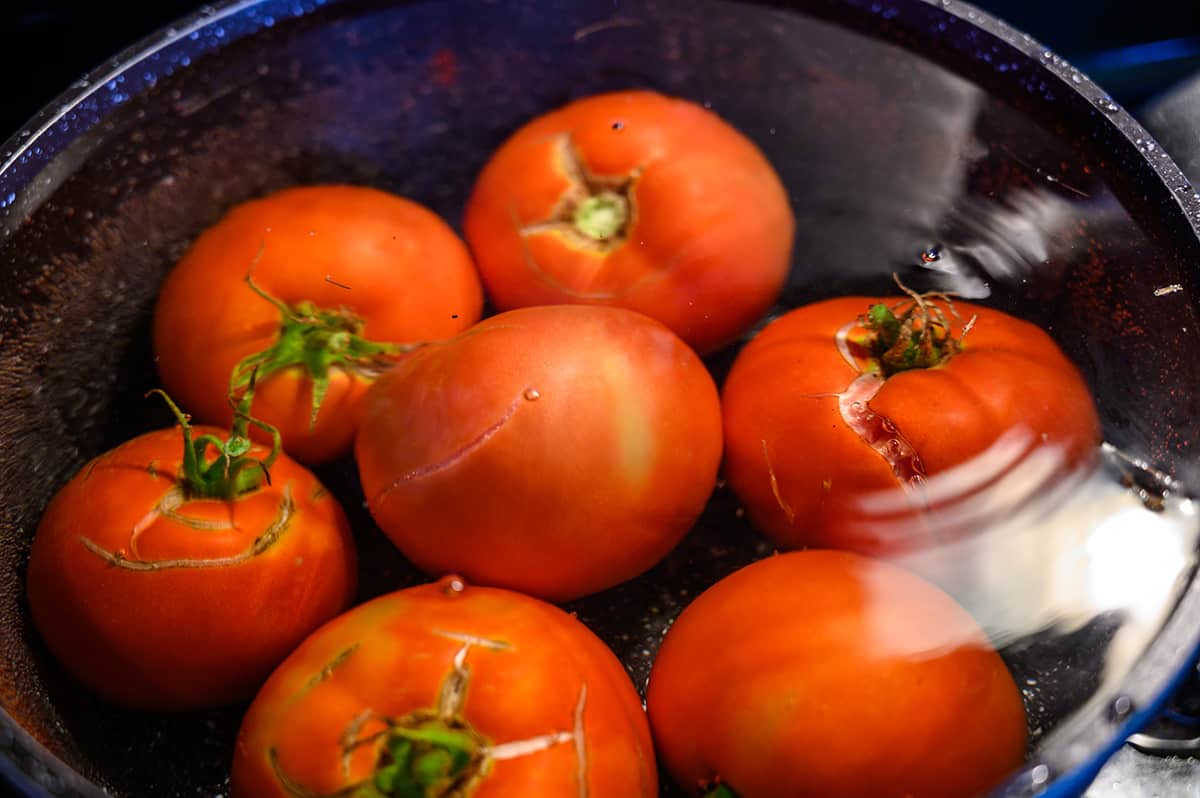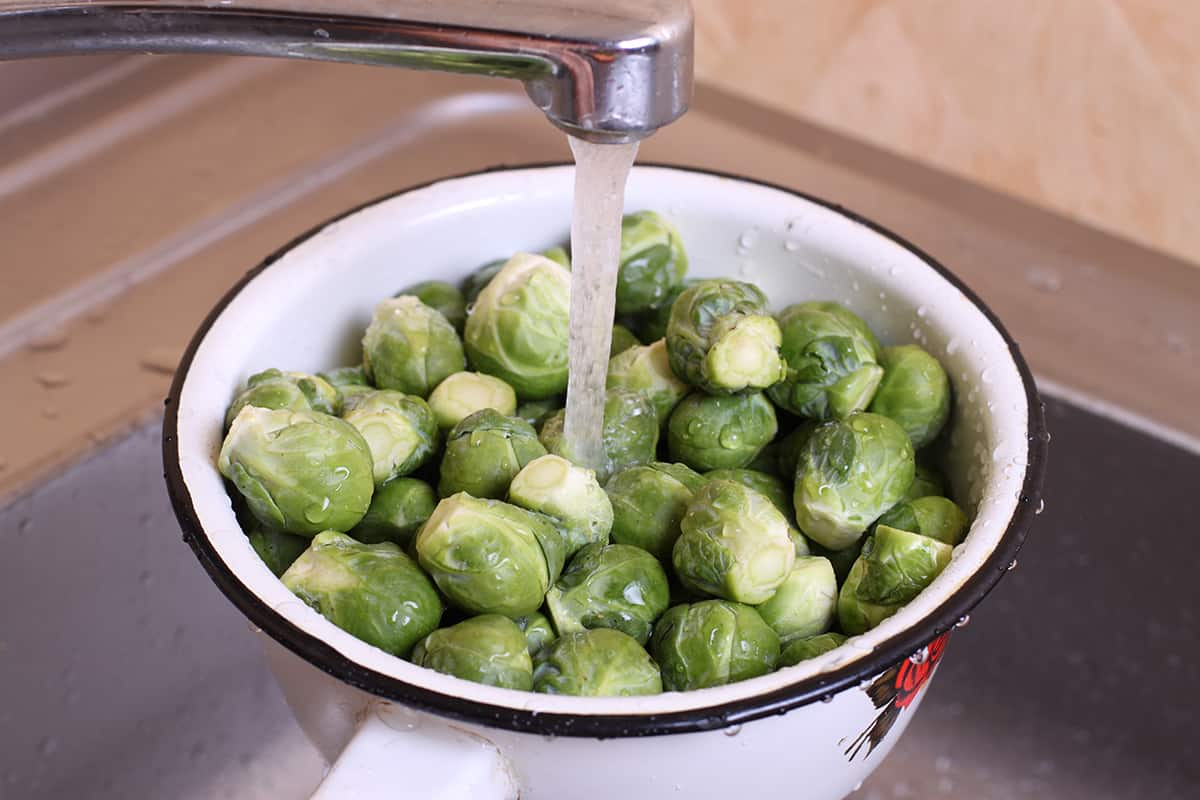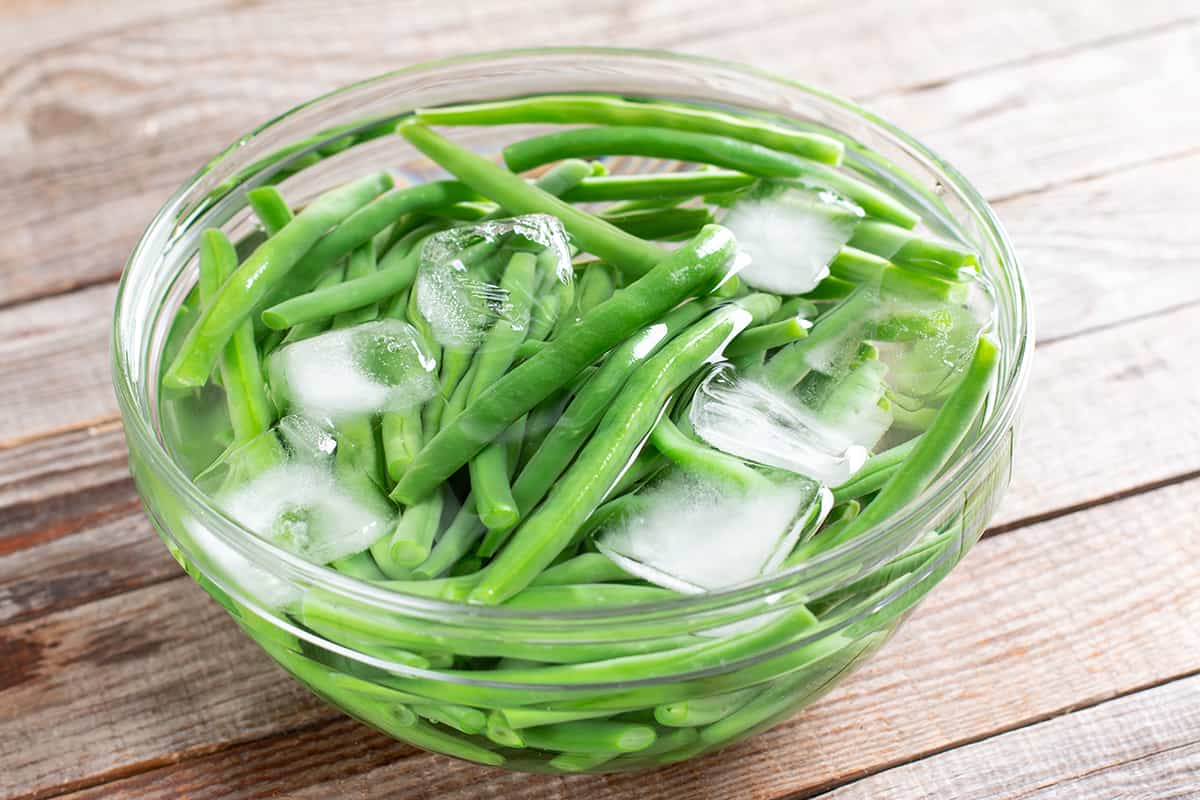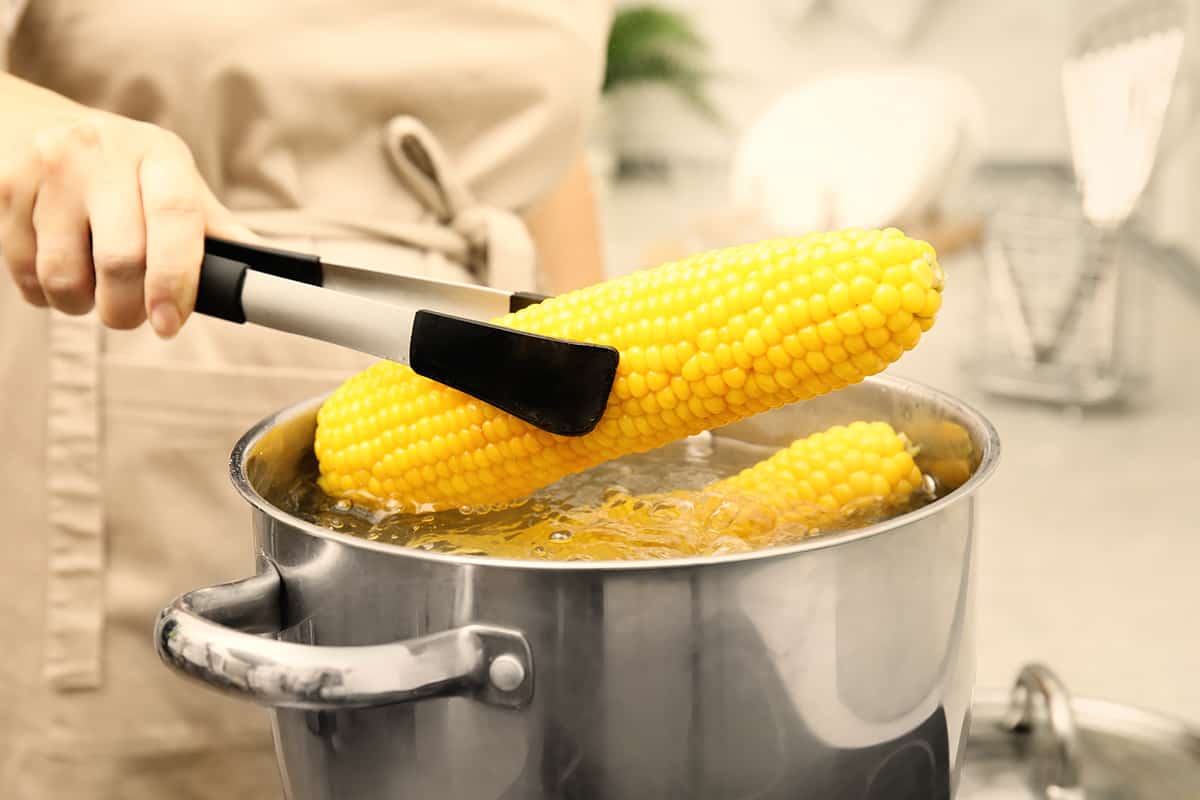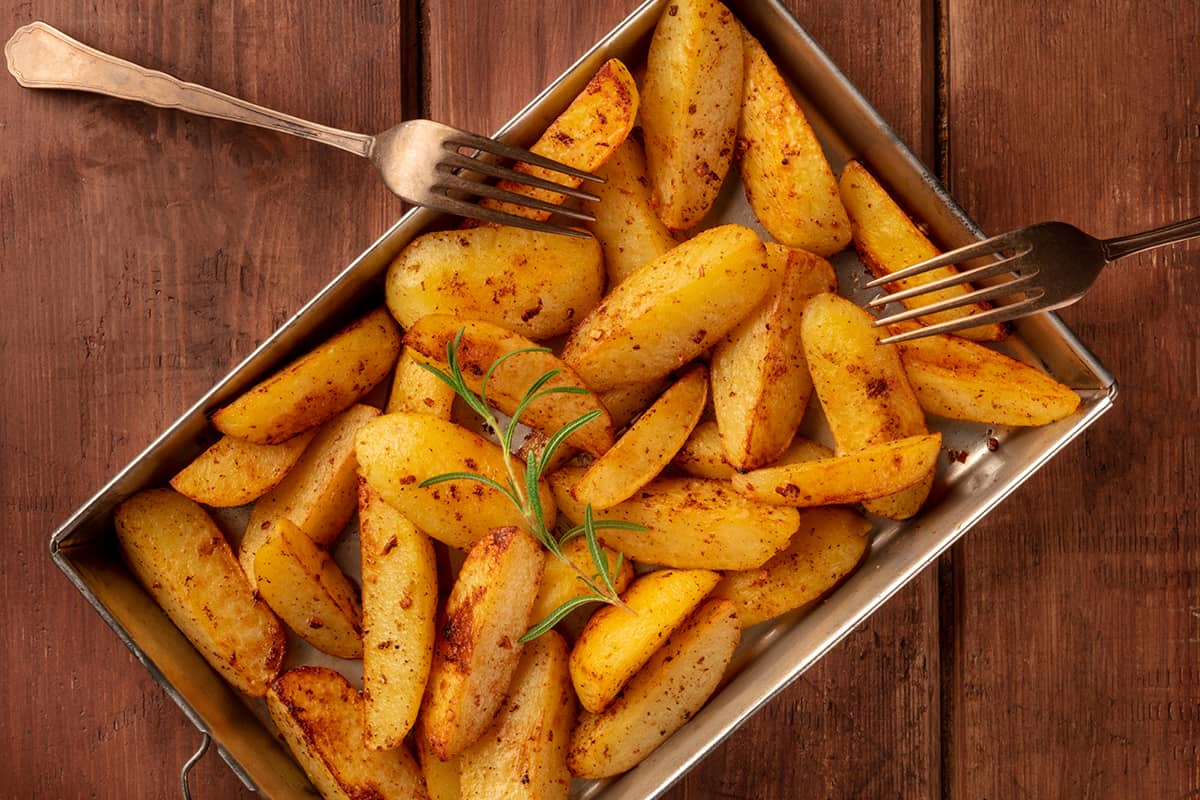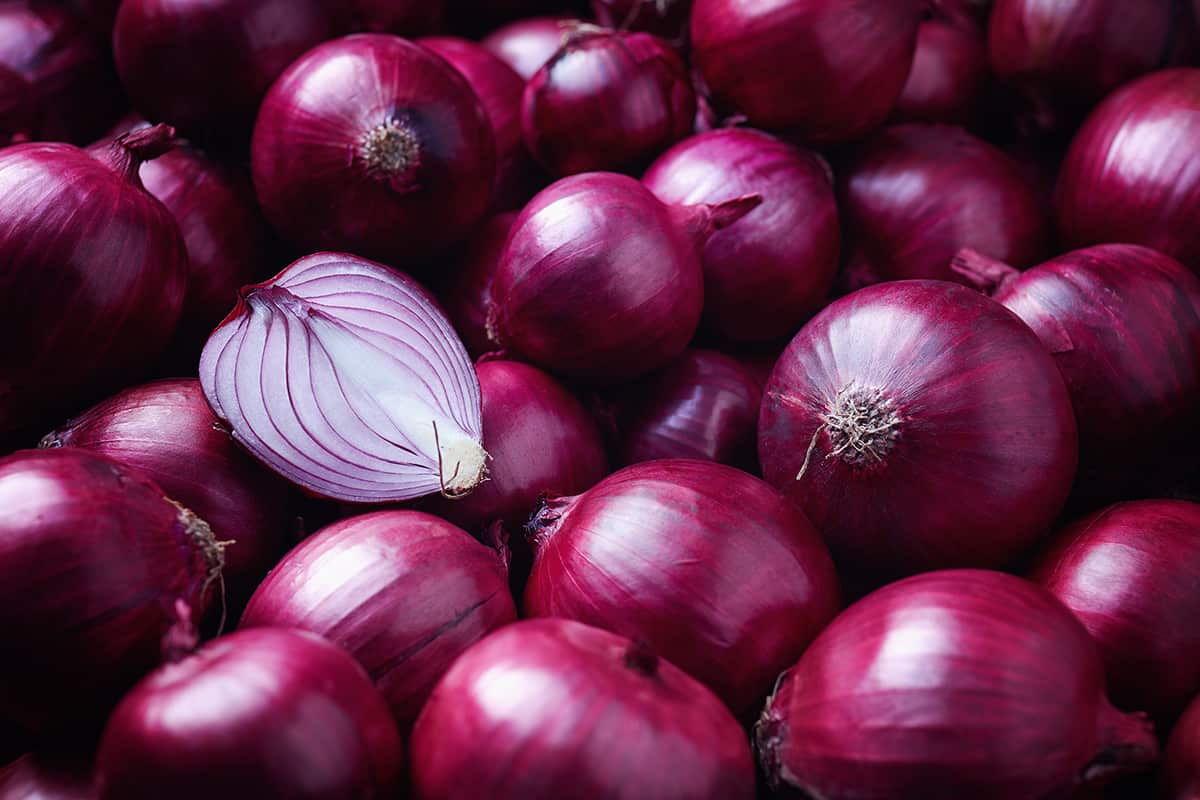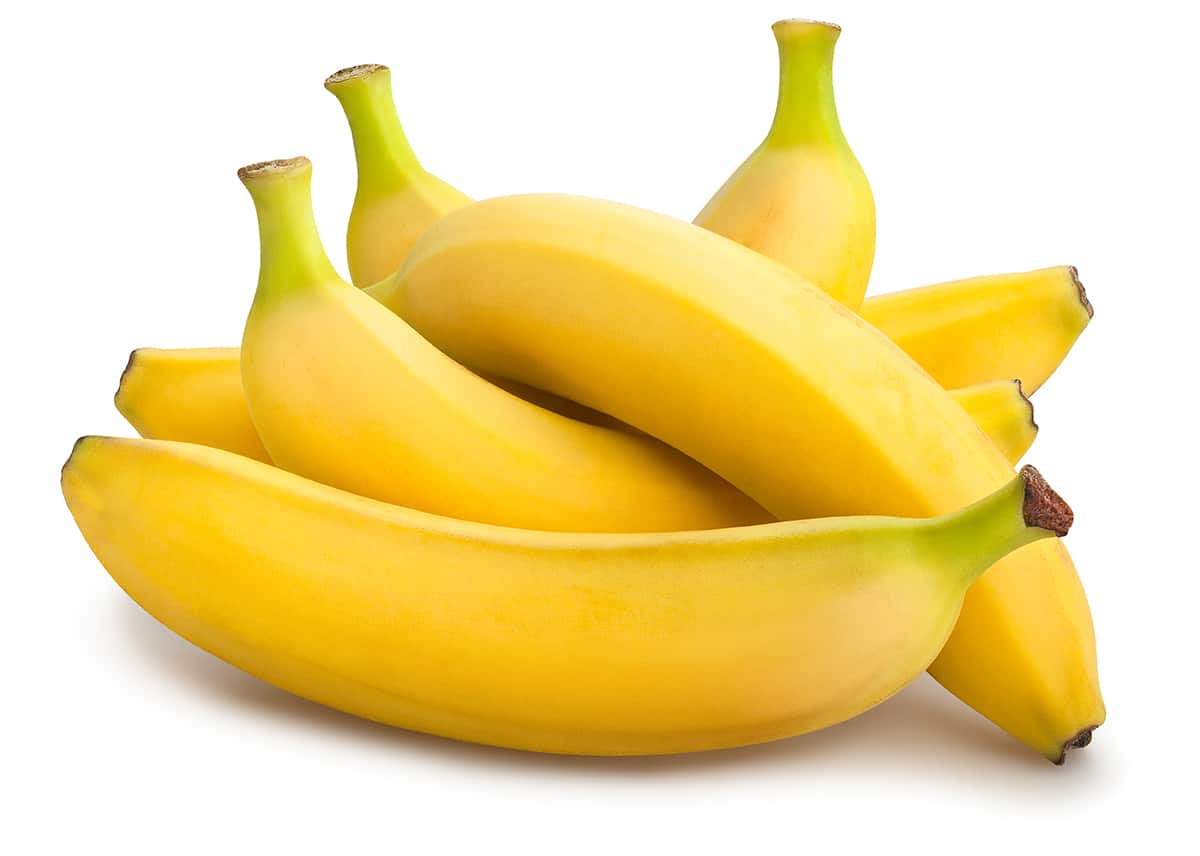With the coldest half of winter behind us, it’s time to think about what we’re going to eat during the warmer months. It just so happens tomatoes grow best in warm climates all over the US, and it’s the perfect ingredient for all sorts of dishes. But how long should you blanch tomatoes for peeling, storing, or preserving?
Regardless of what you’re going to do with your tomatoes, you should blanch them in a pot of boiling water for 40 to 60 seconds. After blanching your tomatoes, shock them in an ice bath for another 40 to 60 seconds.
In this guide, I’ll describe how to blanch your tomatoes for peeling, freezing, and canning, as well as explain why you should blanch tomatoes and what you can do with them.
What Is Blanching?
Blanching is a cooking process in which fruits or vegetables are briefly immersed in boiling water or steam before being cooled in ice water.
How to Blanch Tomatoes
Here’s a basic guideline on how to blanch tomatoes.
- Fill a medium-sized pot with water. There should be enough water to cover your tomatoes by at least 1 inch. At most, you should only blanch 5 tomatoes at a time.
- Bring the pot of water to a boil.
- In the meantime, prepare an ice bath by filling a large basin with 50% ice and 50% water. You can also use cold tap water.
- Once the pot of water is boiling, submerge your tomatoes in the water.
- Leave the tomatoes for 40 to 60 seconds.
- Use a strainer to remove the tomatoes from the pot of water and immediately transfer them to the ice bath.
- Leave the tomatoes in the ice bath for 40 to 60 seconds.
- Remove the tomatoes from the ice bath.
- Below, I’ll describe how the blanching process differs if you want to peel, freeze, and can your tomatoes.
For peeling
The purpose of blanching tomatoes prior to peeling is to make the skin easier to remove. You can achieve this by slicing an X on the bottom of your tomatoes, making sure not to penetrate the tomato’s flesh with your knife.
After the tomatoes have chilled in the ice bath, remove them and peel off the skin. You should be left with skinless tomatoes that are ready for mashing.
For freezing
You can freeze blanched tomatoes in whole form or as a mash. If you want to keep the skin on, you don’t have to slice an X on the bottom. Otherwise, feel free to follow the instructions described above.
For canning
Canned tomatoes are usually crushed or mashed beforehand. As such, you should slice an X on the bottom of your tomatoes before blanching and shocking them in an ice bath.
The only difference between canning and freezing is that you can introduce preservatives into canned tomatoes, whereas it’s not necessary when freezing them.
Why Should You Blanch Tomatoes?

The main purpose of blanching tomatoes is to make it easier to remove the skin. You can achieve similar results by placing a raw tomato about 6 inches away from a gas burner, though the texture and flavor of the tomato will be affected by the indirect heat.
In addition, blanching in general offers the following benefits:
- It stops enzymatic actions which can cause loss of flavor, color, and nutritional value.
- It also removes dirt, bacteria, and any insects from the surface of the vegetables or fruits.
- It also helps to set the color and texture of the vegetable or fruit.
- It helps in slowing down the ripening process by stopping the enzyme activity that causes produce to ripen.
- It is a common step in freezing fruits and vegetables, as it helps to preserve their texture and flavor when they are thawed and cooked later.
What Can You Do with Blanched Tomatoes?
The main reason for blanching tomatoes is to remove the skin, which makes mashing, crushing, and dicing a lot easier. As such, you can use blanched tomatoes for any dish or recipe that calls for unblanched tomatoes, including smoothies.
How to Prepare Blanched Tomatoes for Freezing
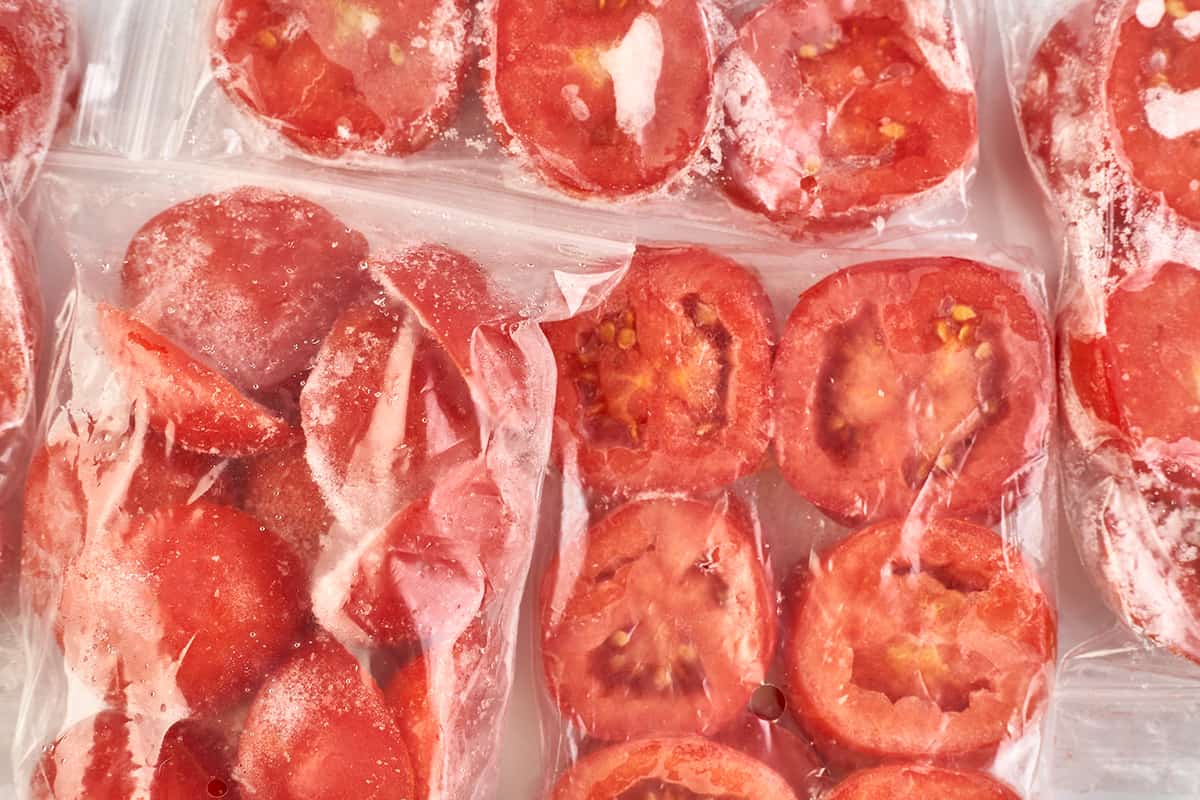
The secret to keeping frozen foods fresh for longer is to place them in airtight resealable bags. After blanching your tomatoes and letting them come down to room temperature, place them in a Ziploc bag and remove as much air from the bag as possible. Now, place the bag as far back in your fridge as possible.
Ideally, you would have written the date on the bag of tomatoes, so you’ll know how long it’s been in storage and whether or not they’re fresh when you tear into them. Frozen tomatoes usually last for up to 12 months, though their texture and flavor will change after the 6th month in the freezer.
How to Prepare Blanched Tomatoes for Canning
If you don’t have an industrial canning machine (nobody I know owns one), the next best thing is to preserve your blanched tomatoes in mason jars. Before pouring your tomatoes into the jars, make sure to sterilize them by dunking the jar and the lid in a pot of hot (not boiling) water.
Continue “cooking” the jars and lids for 10 minutes before removing them with tongs. Let them air-dry on your kitchen counter, and they’ll be perfect for canning tomatoes.
Try and avoid touching the jars with your bare hands as much as possible. Also, immediately after filling the jars, shut them with a lid. This will create a vacuum seal that can extend the shelf life of your canned blanched tomatoes to at least 18 months.
Can You Blanch with Salted Water?
I don’t see why not.
Feel free to add as much or as little salt as you want to the pot of blanching water. However, because blanching is done in just 40 to 60 seconds, there might not be enough time for the tomatoes to absorb enough salt to significantly affect their flavor. So, you don’t have to salt your blanching water if you don’t feel like it.
